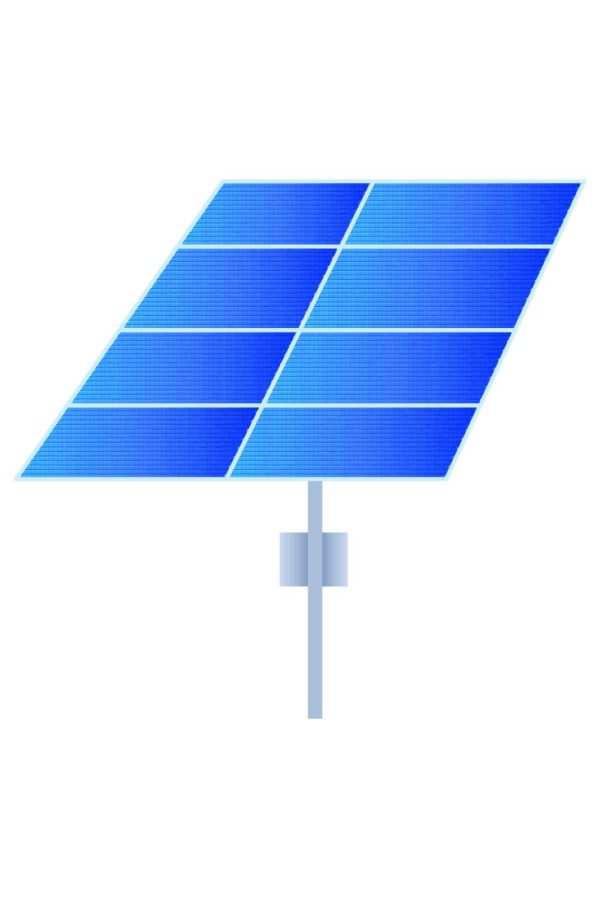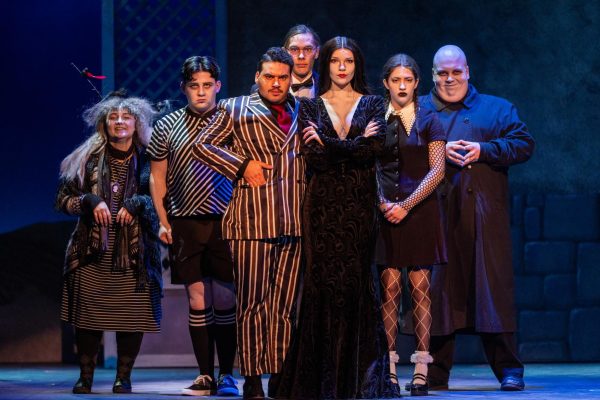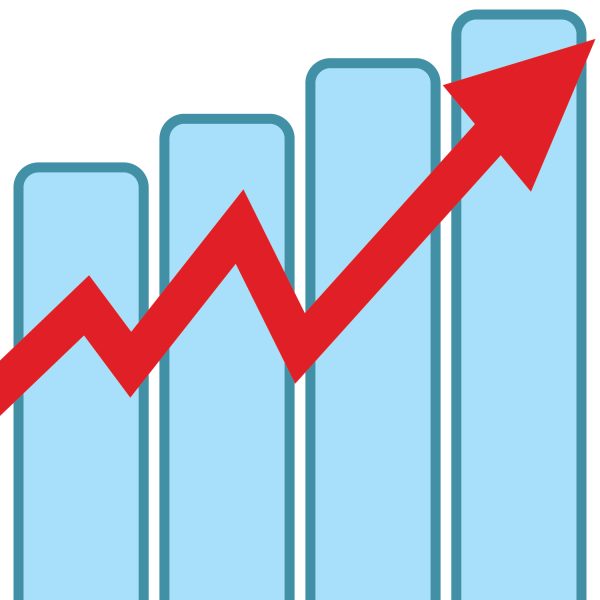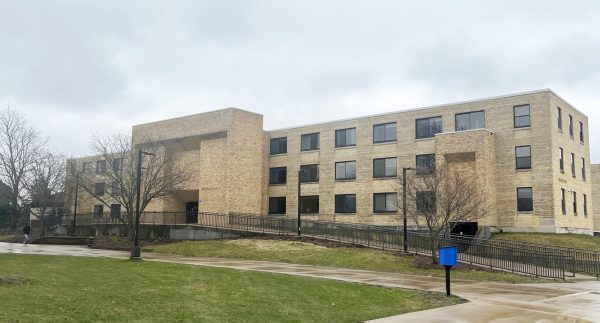Solar Panel Array Update
On Monday, Oct. 4, The Exponent held an interview with Amy Seeboth-Wilson, the sustainability coordinator at the University of Wisconsin-Platteville who has been here for nine years.
The sustainability coordinator tracks our metrics on sustainability and compares them to those of other campuses across the world. Seeboth-Wilson states, “We rank on the upper third on those metrics. We do alternative transport, waste minimization, diversity and inclusion and now renewable energy, as you can see with this solar array project.”
The solar array is located near the remote lot behind the Circle, near the basketball courts and rugby field. The solar array project started as a senior design class project, then came petitions in 2018, to be 100% renewable energy by 2035. The students did a coalition letter, meaning a bunch of other student organizations signed to agree to get to that point by 2035. Ultimately, Student Senate included a survey question about renewable energy in the spring 2020 referendum.
Student Senate reported 82% of respondents wanted the campus to be 100% renewable, and 70% said they would pay $10 or more in fees to reach that goal.
“This is an extremely unified number and topic of our student body,” remarked Seeboth-Wilson. “This is something that brings us together!”
From those results, the chancellor and his team began to research the two most viable options for sustainable and renewable energy—wind turbines and solar arrays. A student majoring in Sustainable Renewable Energy System who did a study on the best location for the solar arrays. The campus took their results and hired a contractor, finding the same results, then began construction.
The project is paid for by a bond, a low interest loan from the state. The loan requires that the project will have a 15-year payback. The energy conserved during this 15-year period will help offset the cost while also paying back the loan. After the loan is paid off, the money previously used to pay the loan is then saved each year—which is expected to be approximately a quarter million dollars.
Seeboth-Wilson mentioned, “There is a shortage in electrical parts, which is time consuming not because we are waiting for parts, but because of how complicated it is. There is going to be a delay in when they are fully functional, but we are not sure how long of a delay.”
When asked if there have been any thoughts on putting more arrays out on campus, Seeboth-Wilson responded, “Yes! There’s a lot of interest in doing more, but I think part of what we have to figure out is patience and policy. A lot of renewable energy is driven by policy.”
The solar array is built to use all the electricity in real time, keeping UW-Platteville’s electricity off the grid.
“Policy would need to change to permit storage on the grid for electricity or to use batteries for (electrical) storage,” commented Seeboth-Wilson.
“Students are planning on being out there almost immediately from dairy science, hoping to put sheep out there. Also, students researching the impact of native prairie plants near the array, and how the ground underneath the array reacts to the array. Organic matter buildup—they want to show the beneficial impacts of the array, not just with energy.”
Seeboth-Wilson warns, “There is a lot of controversy about solar arrays near Platteville. People are concerned that solar arrays are taking up farmland, and some are against the projects and ideas in the community.” UW-Platteville’s array is also a test to see the impacts on farmland. “It’s like the ATC issue surrounding Platteville. We know we need electricity, but how do we do things that are beneficial to the community and the area?”
UW-Platteville built the array on campus so that students can see it and feel empowered that renewable energy is being pursued by campus.
After her nine years at UW-Platteville, Seeboth-Wilson is leaving to work at Southwest Wisconsin Technical College as their Director of Grants. She enjoyed her position at UW-Platteville and the campus attitude towards renewable energy, and she hopes to visit again to see future projects down the line.














